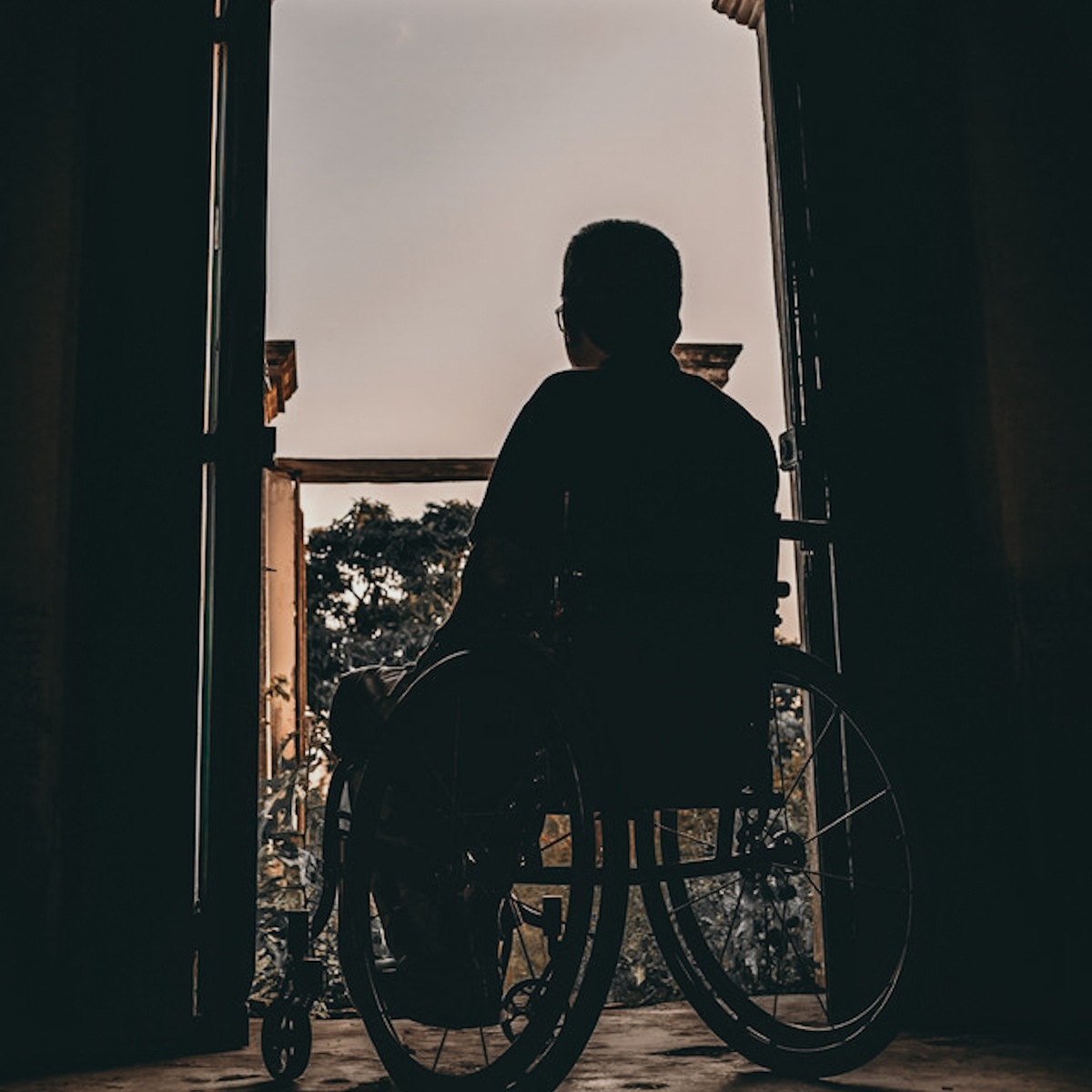Human Trafficking Among Persons With Disabilities And How To Protect Them
Human trafficking is a serious issue affecting millions worldwide. Persons with disabilities are particularly vulnerable to this crime as traffickers see them as easier targets. These individuals are often targeted due to their perceived vulnerability and lack of resources. Traffickers may exploit their disabilities to control and manipulate them, leaving them trapped in a cycle of abuse. According to the United Nations, approximately 1 in 3 trafficking victims have a disability. This reveals that persons with disabilities account for a large number of persons being trafficked.
Persons with disabilities are at a higher risk of being trafficked due to accompanying factors associated with their disability which include speech and language difficulties, developmental and intellectual delay as well as societal barriers that limit their access to education, employment, and healthcare. In many cases, they are dependent on others for their basic needs, leaving them more susceptible to exploitation. Additionally, traffickers may target individuals already living in poverty or facing other forms of discrimination.
Despite the prevalence of human trafficking among persons with disabilities, this issue often goes unnoticed and underreported. Many victims are afraid to come forward due to fear of retaliation or lack of support from their communities. This makes it essential for individuals, organizations, and governments to work together to raise awareness and provide resources for those affected by this crime.
Efforts to combat human trafficking among persons with disabilities should focus on prevention, protection, and prosecution. Prevention efforts could include education and outreach to vulnerable communities, while protection measures may involve providing safe housing, healthcare, and legal services. Prosecution efforts should target traffickers and those who profit from this crime.
Tips on how protect persons with disabilities
We can’t be with our loved ones every waking hour of the day so putting safeguards in place can help to protect them. These have to be tailored to each individual based on their level of reasoning and competency of course but there are measures we can take such as:
- Creating a safe word if they feel uncomfortable with someone.
- Educating them about unsafe behaviors and inappropriate requests from strangers or even familiar faces.
- Don’t force them to be friendly with everyone in an effort to make them more social.
- Teach them how to voice their disapproval when others make them uncomfortable.
- Teach social and public awareness.
- Teach them how to ask for help if they feel unsafe. They also need to know how to alert others discreetly if necessary.
- GPS tracking devices in the event they go missing.
- If you have family members in group home settings, visit them regularly and check for signs of abuse.
- Increase public awareness of the issues that affect this community and how they can support them.
In conclusion, human trafficking among persons with disabilities is a significant issue that requires attention and action. It is essential to prioritize the safety and well-being of vulnerable populations and work towards creating a world where everyone is free from exploitation and abuse.









